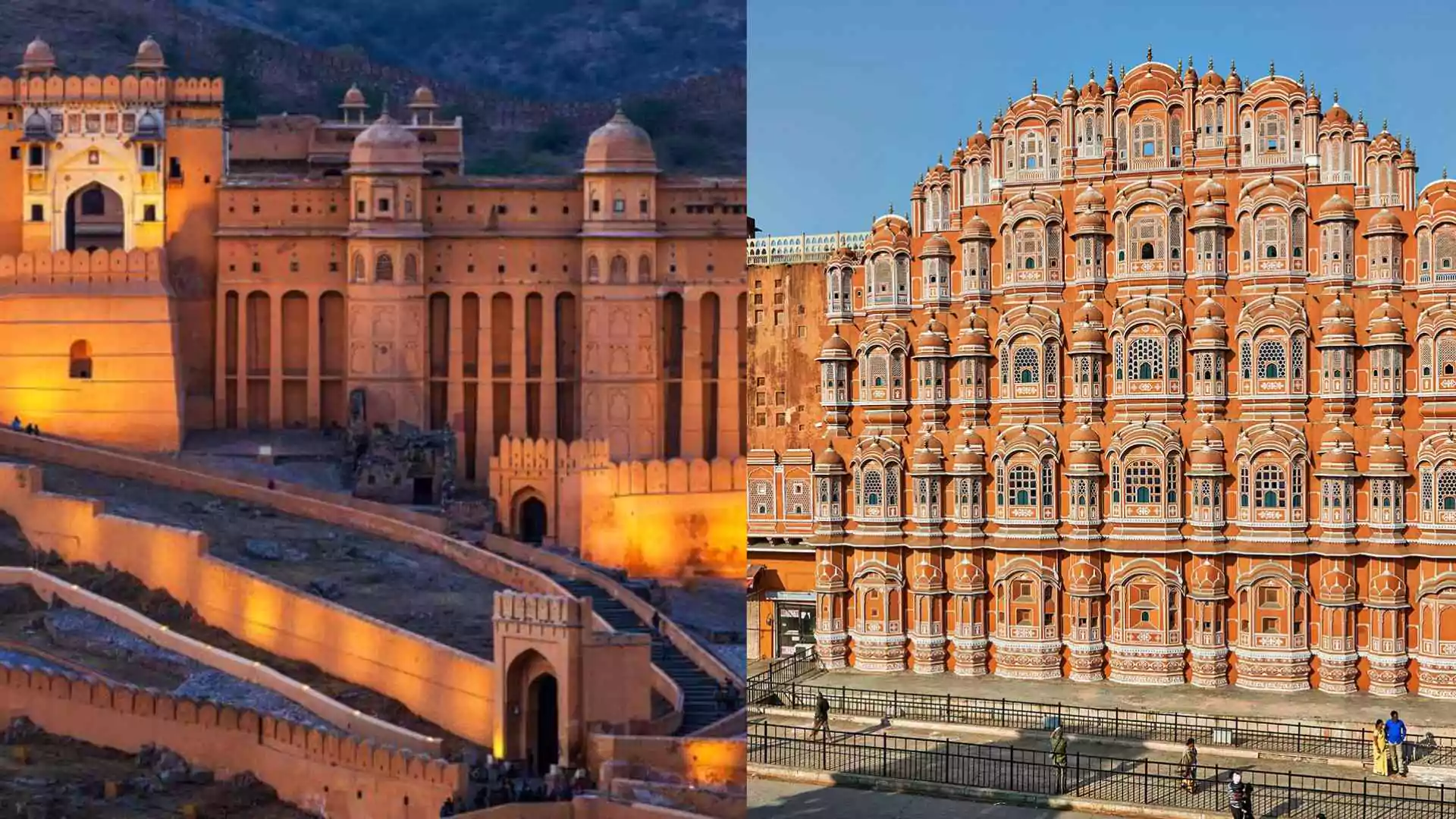The Delhi Government has announced the rigorous implementation of measures under the Graded Response Action Plan Stage-1 (GRAP-1) to tackle rising pollution levels in the capital.
This decision was made following a high-level meeting chaired by Delhi Chief Minister Atishi, with Environment Minister Gopal Rai and senior officials present, according to a statement from the Chief Minister’s Office on Tuesday.
Government’s Plan
As part of the plan, 99 teams will conduct inspections of construction sites to monitor dust control measures.
The Public Welfare Department (PWD) will deploy 200 anti-smog guns, while the Municipal Corporation of Delhi (MCD) will provide 30, the National Capital Region Transport Corporation (NCRTC) 14, and the Delhi Metro Rail Corporation (DMRC) 80.
Additionally, Delhi Police will assign extra personnel to manage traffic in congested areas, and Home Guards will be on standby to assist if required.
Chief Minister Atishi urged residents to contribute by carpooling, refraining from burning waste or crackers, and using the Green Delhi app to report pollution-related incidents.
At a press conference following the meeting, CM Atishi highlighted the improvements in air quality seen earlier this year. “From January 1 to October 12, Delhi experienced 200 days of good AQI, showing progress compared to previous years,” she said, attributing this success to both government initiatives and the cooperation of Delhi’s citizens.
However, Atishi expressed concern over the recent decline in air quality. “On October 13, the AQI hit 224, and on October 14, it increased to 234, which places it in the ‘poor’ category. Due to two consecutive days of poor AQI, GRAP Stage 1 measures were enforced starting yesterday evening,” she added. The meeting emphasized dust control at construction sites as a critical step in reducing pollution.
Atishi explained that 99 teams, split among the Delhi Pollution Control Committee (DPCC), the Revenue Department, and the Industries Department, will conduct daily inspections. These teams will ensure compliance with dust control measures and focus on the proper removal of construction and demolition (C&D) waste, which contributes to elevated levels of PM 2.5 and PM 10, worsening air quality.
Anti-smog guns will also be deployed to control dust on roads and in pollution hotspots. The PWD has been directed to deploy 200 anti-smog guns across key locations in the city.
Environment Minister Gopal Rai underscored the need for a coordinated regional approach to effectively address pollution. He pointed out that the GRAP rules, set by the Commission for Air Quality Management (CAQM), apply not only to Delhi but also to the entire National Capital Region (NCR), which includes parts of Uttar Pradesh, Haryana, and Rajasthan.
Rai stressed that issues such as pollution from brick kilns or reliance on generators in Ghaziabad and Gurgaon, where power supply is inconsistent, also contribute to Delhi’s pollution. Additionally, he highlighted the ongoing issue of stubble burning in neighboring states, which continues to affect air quality in Delhi.
Also Read: Delhi -NCR Air Getting Worse, Witnesses Foggy Morning, AQI ‘Very Bad’






















